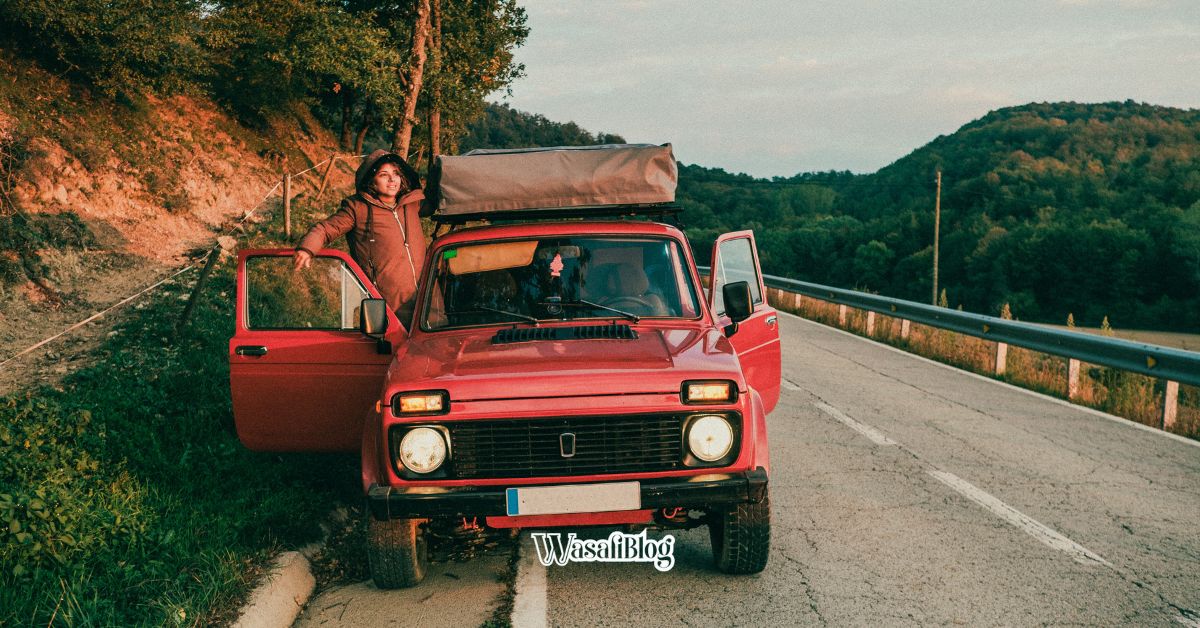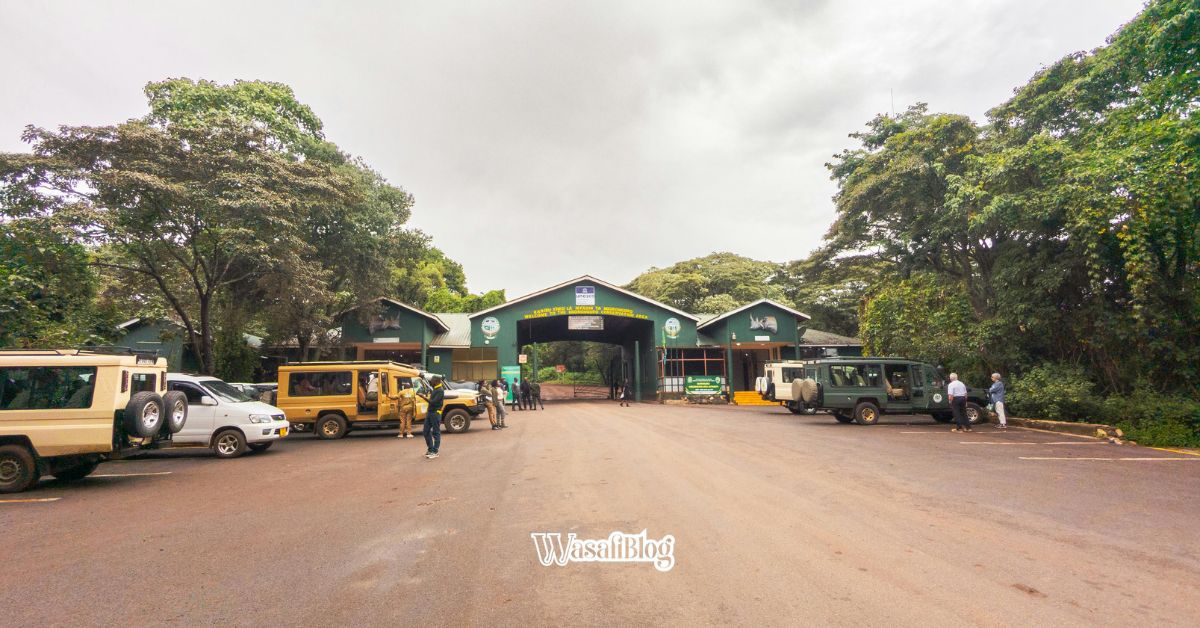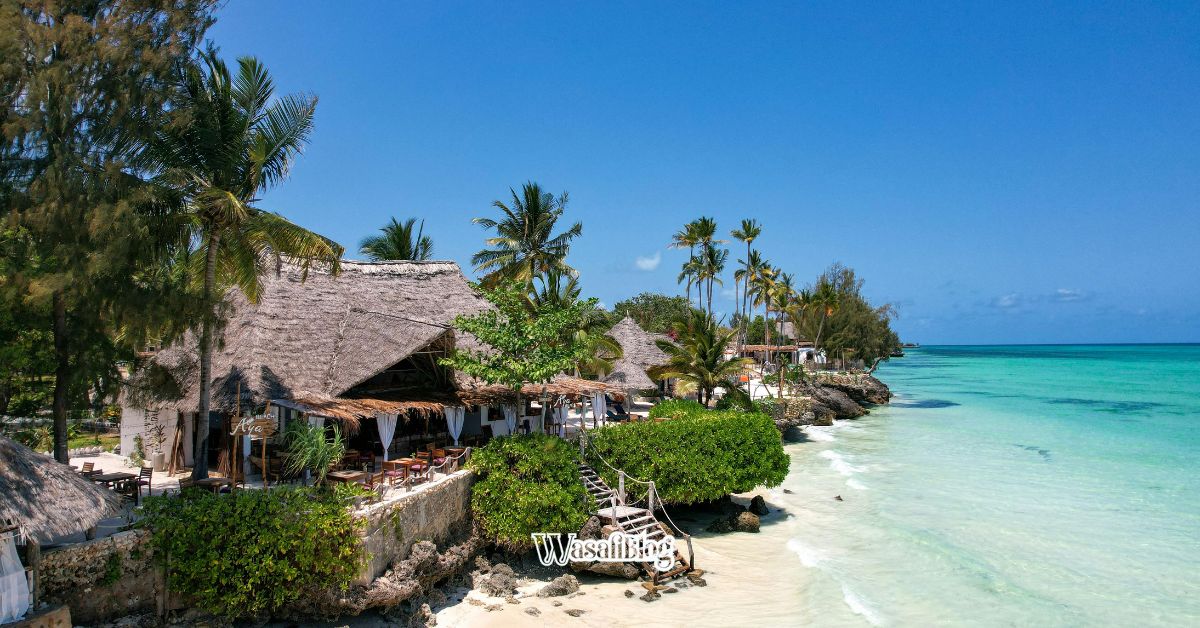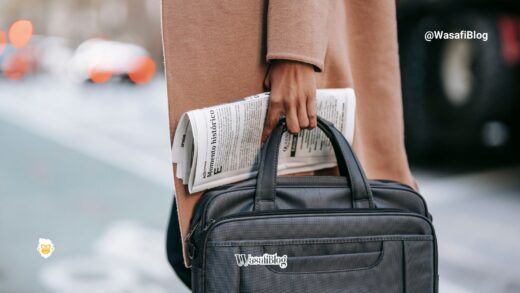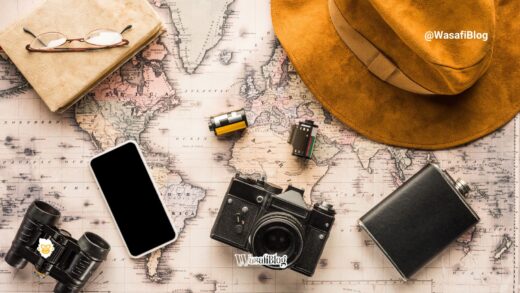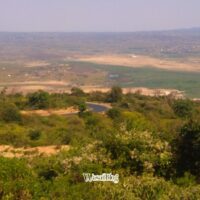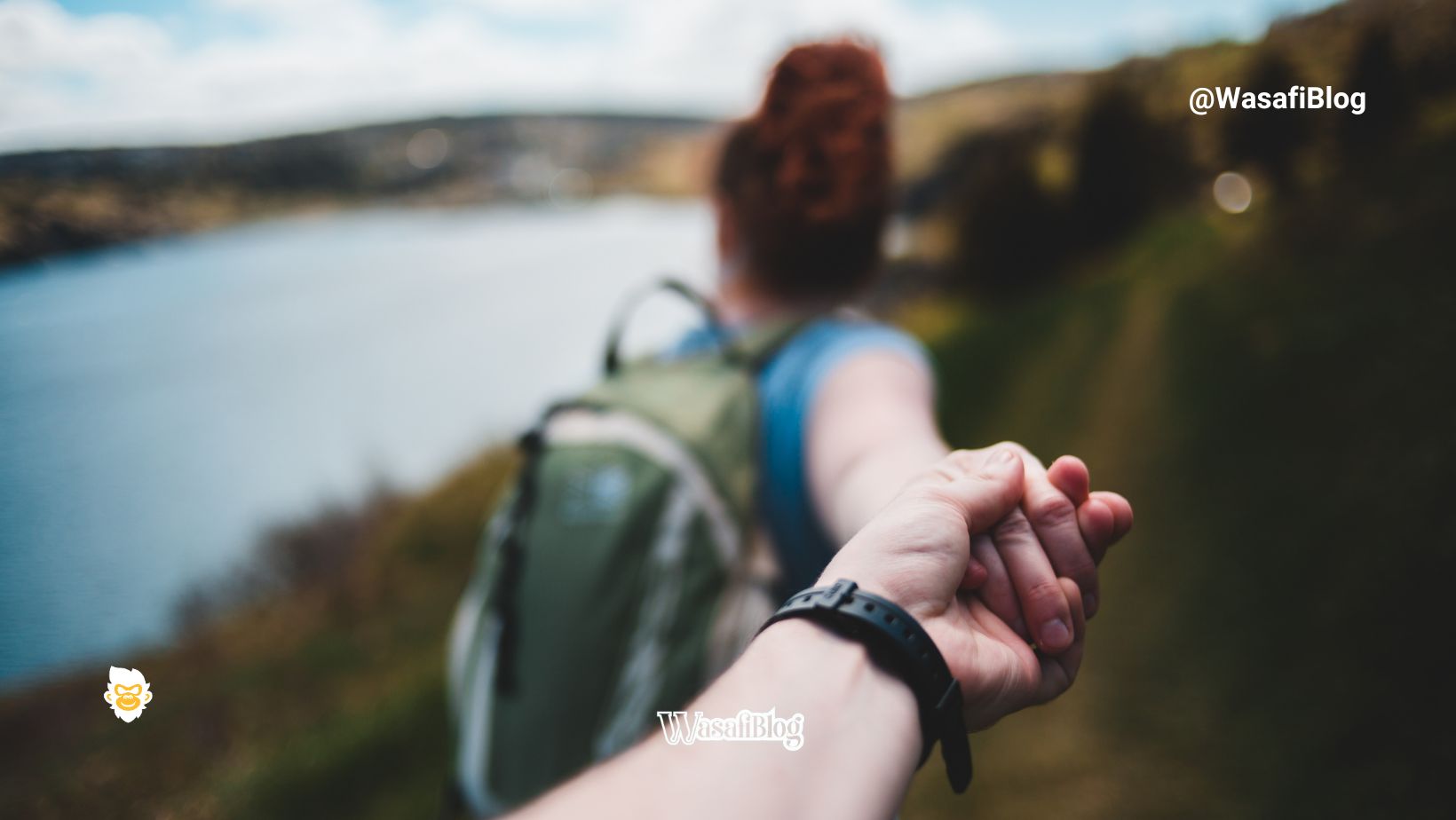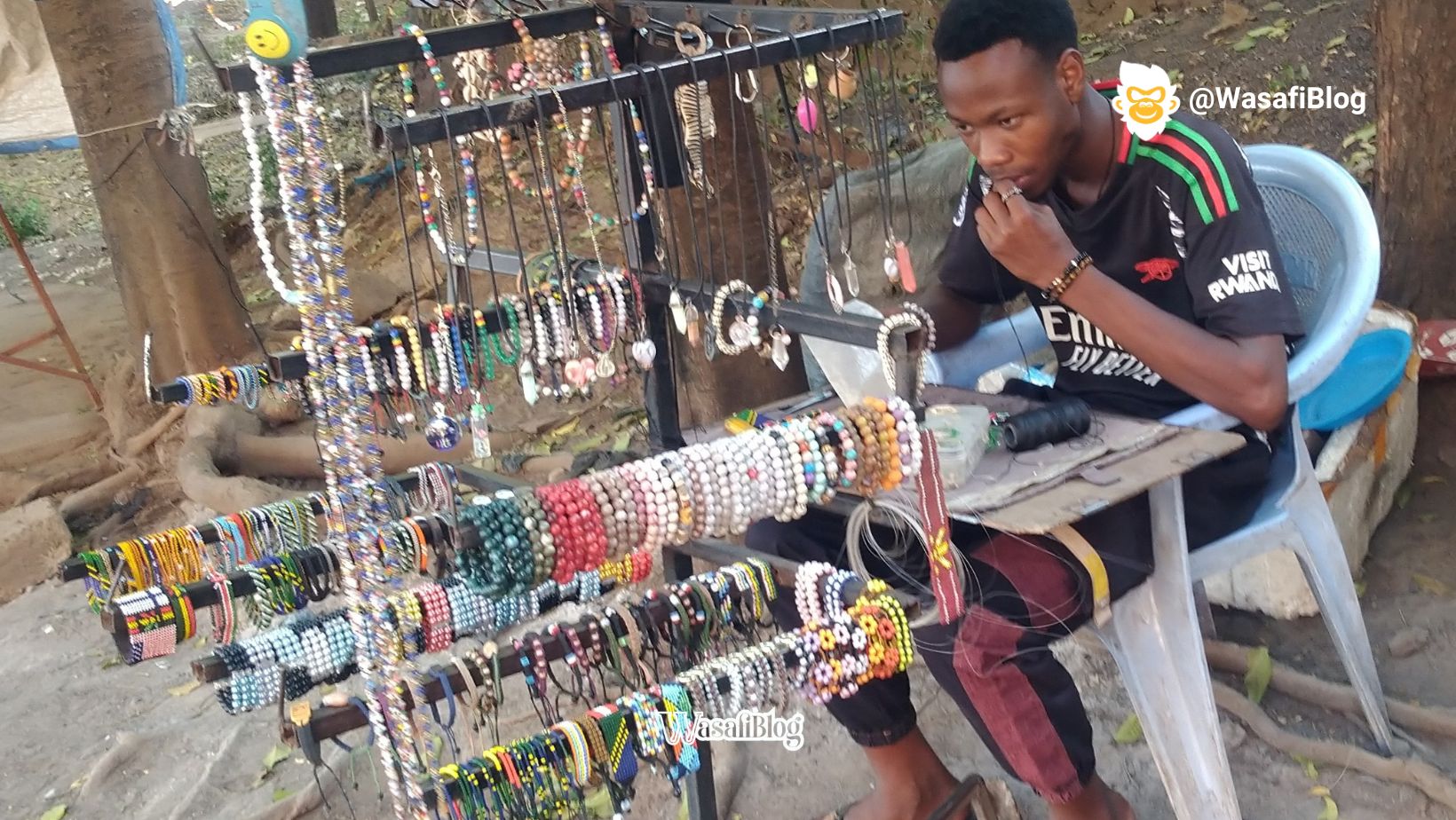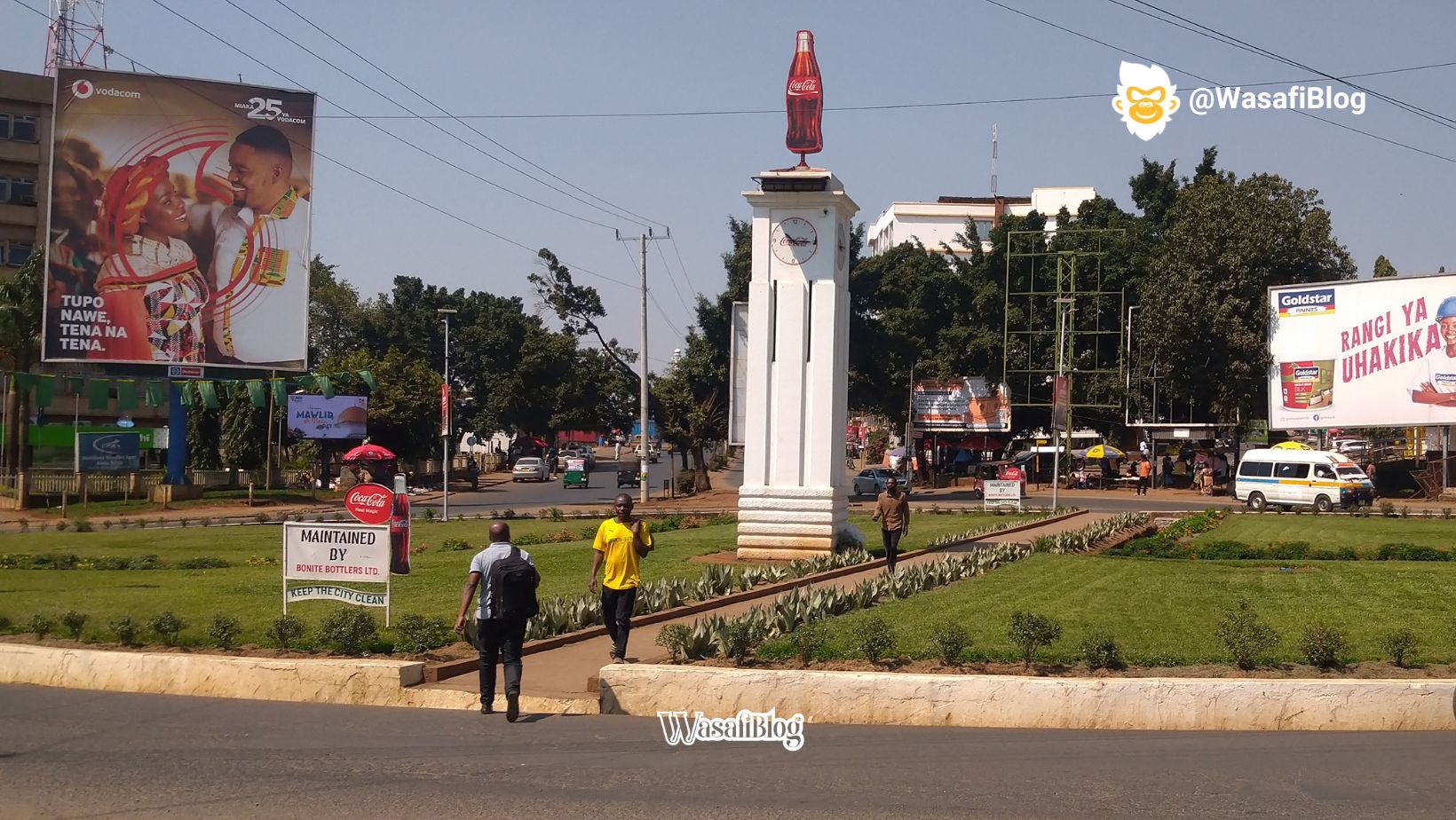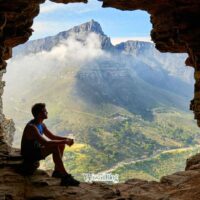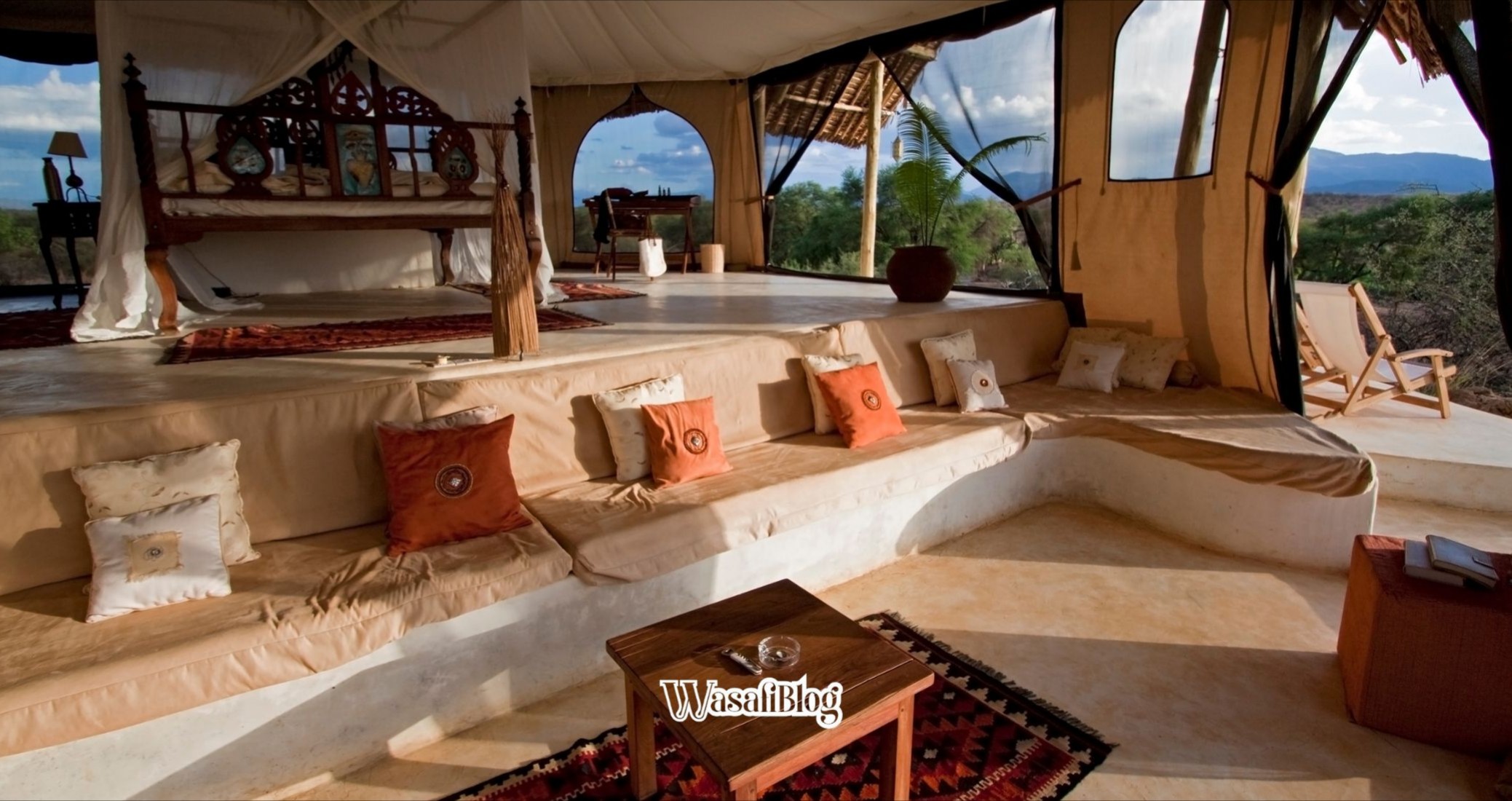Imagine standing atop Africa’s highest peak, the sun illuminating a sea of clouds below your feet, the vast plains of Tanzania stretching into the horizon. This isn’t just a dream; it’s the profound reality waiting for you at the summit of Mount Kilimanjaro. But before you lace up your boots and pack your bags, there’s one crucial question that can make or break your expedition: When is the best time to climb Kilimanjaro?
Choosing the right time to embark on this epic journey is paramount to your success, comfort, and overall enjoyment. While Kilimanjaro is accessible year-round, certain periods offer significantly more favorable conditions, leading to higher summit success rates and an infinitely more rewarding experience. This comprehensive guide will arm you with all the knowledge you need to select your perfect climbing window, optimizing your chances of conquering the Roof of Africa.
From deciphering weather patterns to navigating crowd levels and understanding the nuances of each month, we’ll walk you through everything you need to know. Get ready to pinpoint your ideal adventure because understanding when to climb Kilimanjaro is your first step towards peak season success.
The Sweet Spot: Why Timing is Everything on Kilimanjaro
Kilimanjaro is a formidable mountain, and its microclimates are as diverse as the ecosystems you’ll traverse on your ascent. From lush rainforest to alpine desert and eventually arctic summit, you’ll experience wildly varying conditions. The “best” time to climb generally refers to the periods offering the most stable, dry weather, which translates to safer, more comfortable trekking and, crucially, better visibility for those breathtaking views.
While there’s no guarantee of perfect weather on any mountain, selecting a period within the dry seasons dramatically increases your odds of clear skies, manageable temperatures, and less arduous trail conditions. Muddy, slippery trails, relentless rain, and dense fog can turn even the most enthusiastic climber’s spirits damp, making the already challenging climb significantly harder.
So, let’s dive into the specifics of Kilimanjaro’s climbing seasons and help you identify your prime window for an unforgettable adventure.
When to Climb Kilimanjaro: Hiking Guide for Optimal Conditions
Kilimanjaro experiences two distinct dry seasons, which are widely considered the best time to climb the mountain:
- Mid-December to Mid-March (The Short Dry Season): Following the short rains, this period offers relatively clear skies and warmer temperatures, especially in the lower sections of the mountain.
- June to October (The Long Dry Season): This is the most popular and generally most stable period, characterized by very little precipitation and excellent visibility.
Let’s break down each season, month by month, to give you a detailed guide to climbing Kili at various times of the year.
The Short Dry Season: December to March
This period follows the “short rains” of late October and November. The air is often clearer after the rains have settled the dust, and the mountain is typically lush and green from the recent moisture.
December:
- Weather: Early December can still see residual short rains, but by mid-December, conditions generally improve significantly, becoming drier and clearer. The festive season can make it a popular choice.
- Pros: Post-rain clarity, relatively warm, beautiful lush scenery. You might experience a relatively quiet start to your climb before the Christmas rush.
- Cons: Can be very crowded and expensive towards the end of the month due to holiday travel. Early December might still be a bit wet.
- Verdict: Late December is popular but busy. If you value a festive atmosphere and don’t mind crowds, and book well in advance, it can be a magical time.
January:
- Weather: Generally excellent. The air is crisp, and the skies are typically very clear, offering superb views. Temperatures are moderate, making for comfortable trekking.
- Pros: High visibility, pleasant temperatures, lower sections of the mountain are green and vibrant. Less crowded than the Christmas period.
- Cons: Nights at higher altitudes can be quite cold.
- Verdict: One of the prime months. If you’re wondering when to climb, January is a strong contender for clear, enjoyable conditions without the peak holiday crowds.
February:
- Weather: Often considered the best month of this season. February is typically the driest and warmest month of the year on Kilimanjaro. Expect fantastic visibility and stable conditions.
- Pros: Extremely high success rates due to favorable weather, clear skies, relatively warm trekking temperatures.
- Cons: Can be one of the busier months, especially towards mid-February, attracting many climbers seeking optimal conditions.
- Verdict: Excellent choice. If you’re aiming for the highest probability of clear skies and comfortable trekking temperatures, February is hard to beat.
March:
- Weather: The beginning of March usually maintains the excellent conditions of February. However, as the month progresses, you’ll feel the transition towards the long rainy season. Rain showers become more frequent, particularly in the afternoons, and trails can get muddier.
- Pros: Fewer crowds than January/February, more competitive prices. Still a good chance of clear mornings.
- Cons: Increasing risk of rain, especially in the latter half of the month. Muddy trails can make trekking more challenging. Summit night temperatures can drop significantly if it’s wet.
- Verdict: A shoulder month. Early March can be great if you’re looking to avoid the peak crowds and potentially save some money. Late March is riskier due to the impending long rains.
The Long Dry Season: June to October
This is generally considered the absolute best time to climb Kilimanjaro by most operators and climbers. It’s the longest and most reliably dry period, attracting the highest volume of trekkers.
June:
- Weather: Marks the start of the long dry season. While not as consistently dry as July/August, conditions rapidly improve after the long rains. Mornings are often clear, with a chance of afternoon clouds or light showers, particularly early in the month.
- Pros: The mountain is exceptionally green and beautiful after the long rains. Fewer crowds than the peak summer months of July/August. More moderate temperatures.
- Cons: Still a possibility of some residual wetness in early June, especially at lower altitudes.
- Verdict: A fantastic choice if you want to experience the main dry season but prefer slightly fewer crowds than mid-summer. The lush environment is a bonus.
July:
- Weather: Excellent dry conditions, mostly clear skies, and consistent weather patterns. Temperatures at higher altitudes start to become noticeably colder, especially at night.
- Pros: Very high summit success rates due to stable weather. Optimal visibility for breathtaking views.
- Cons: One of the most popular months, meaning larger crowds on the trails and at campsites. You’ll need to pack warmer layers for the cold nights.
- Verdict: A very popular and reliable month. If you prioritize stable weather and don’t mind sharing the trails, July is an outstanding time.
August:
- Weather: Often the driest month of the year, providing superb climbing conditions. Expect consistently clear skies and very little precipitation. However, it’s also often the coldest month due to strong winds and low temperatures, especially on the upper slopes and at the summit.
- Pros: Unrivaled clarity and visibility for photography and views. Extremely high summit success rates.
- Cons: The busiest month on the mountain, leading to crowded routes and campsites. Can be extremely cold and windy, requiring robust cold-weather gear. Prices for flights and accommodation in Tanzania can also be at their peak.
- Verdict: The peak of peak season. If you’re willing to brave the crowds and prepare for potentially frigid conditions, August offers the most reliable weather for a successful summit.
September:
- Weather: Continues the excellent dry spell with consistently clear skies, similar to August but often with slightly less extreme cold and wind. It remains very stable.
- Pros: Fantastic conditions with high visibility and stable weather. Often slightly less crowded than August but still very popular.
- Cons: Still quite cold at higher altitudes, particularly at night. Remains a popular and thus busier time on the mountain.
- Verdict: Another top contender for the best time to climb. September offers a near-perfect balance of excellent weather and slightly fewer crowds than the absolute peak of August.
October:
- Weather: The dry season begins to wind down. Early October typically offers good, dry conditions with clear mornings. However, as the month progresses, the chances of the “short rains” arriving increase. Expect more cloud cover and potential afternoon showers towards the end of the month.
- Pros: Fewer crowds than the preceding summer months. Often more competitive pricing for tours.
- Cons: Increasing risk of rain and reduced visibility, especially in the latter half of the month. Trails can become muddy.
- Verdict: A shoulder month for the long dry season. Early October can be an excellent choice if you’re looking to avoid the busiest periods while still benefiting from mostly dry conditions. Late October carries more risk but offers solitude.
Shoulder & Rainy Seasons: When to AVOID (or Consider, with Caution!)
While the dry seasons are universally recommended, it’s worth understanding the characteristics of the other periods. These “off-seasons” can offer unique experiences but come with significant caveats.
The Long Rainy Season: April and May
These months are universally considered the least ideal time to climb Kilimanjaro.
- Weather: Characterized by heavy, continuous rainfall, especially in the rainforest and moorland zones. Days are often overcast, and visibility is extremely limited. Snowfall is common at higher altitudes, leading to icy trails.
- Pros: Virtually no crowds, incredibly lush and vibrant lower slopes (great for rainforest photography if you don’t mind getting soaked), potentially lower prices.
- Cons:
- Safety: Muddy, slippery trails increase the risk of falls and injuries. Icy conditions at higher altitudes are hazardous.
- Comfort: Constant rain, damp gear, and persistent cold can make for an uncomfortable and miserable experience.
- Visibility: Cloud cover often obscures views, denying you the panoramic vistas Kilimanjaro is famous for.
- Summit Success: Significantly lower success rates due to challenging conditions.
- Verdict: Generally NOT recommended for the average climber. Only extremely experienced, well-equipped, and mentally tough individuals with a specific reason (e.g., professional photographers seeking a particular mood) should consider climbing during this time.
The Short Rainy Season: November
Similar to March/October, November is a transitional month, marking the onset of the short rains.
- Weather: Can be highly unpredictable. You might get clear, sunny days interspersed with heavy afternoon showers or continuous drizzle. Trails can become very muddy, especially in the lower and middle sections.
- Pros: Very few crowds, potentially significantly lower prices, unique cloud formations can create dramatic photographic opportunities. The lower slopes are beautifully green.
- Cons: High chance of rain and mud. Reduced visibility. Can be quite cold and damp, making gear stay dry a challenge.
- Verdict: Another shoulder month that requires caution. If you’re looking for solitude and don’t mind the increased challenge and risk of rain, it’s possible. However, be prepared for potentially difficult conditions and lower summit visibility. This is not the best time to climb for most.
Factors Beyond Weather: Rounding Out Your Kilimanjaro Plan
While weather is the primary consideration for when to climb, several other factors should influence your decision for the ultimate guide to climbing Kili:
- Your Personal Preferences for Crowds:
- Peak Season (July-August, Feb): Expect busy trails, full campsites, and a lively atmosphere. If you enjoy the camaraderie of fellow trekkers, this is fine.
- Shoulder Season (March, June, Oct, Nov): Fewer people means more solitude on the trails and at campsites. You might find the experience more intimate.
- Rainy Season (April-May): You’ll find almost complete solitude, but at a significant cost regarding comfort and safety.
- Budget Considerations:
- Peak Season: Flights to Tanzania and accommodations in Arusha/Moshi tend to be more expensive during the dry seasons due to high demand. Tour operators might also have less flexibility on pricing.
- Shoulder/Rainy Season: You might find better deals on flights and accommodation. Some tour operators might offer slight reductions to attract climbers during these less popular times.
- Full Moon Climbs:
- Imagine summiting under the glow of a full moon, illuminating the glacier and the path ahead without the need for headlamps. This is a magical experience. Many climbers specifically target a summit night coinciding with a full moon.
- Planning: Full moon dates are predictable, but aligning your 7-9 day trek to end on a specific summit night requires precise planning and booking well in advance, especially during peak season. Research full moon dates for your preferred year and work backward with your desired route length.
- Note: While beautiful, a full moon doesn’t guarantee clear skies. Weather can still obscure the moon.
- Holiday Periods:
- Christmas and New Year (Late Dec – Early Jan): These are exceptionally popular times, attracting many international travelers. Expect maximum crowds, higher prices for everything, and intense competition for flight and climbing permits. Booking at least 9-12 months in advance is essential.
- Local Holidays/Festivals: Be aware of any major Tanzanian public holidays, as these could also impact local logistics or availability.
- Route Choice Impact:
- While most routes are available year-round, some are better suited for specific conditions.
- Marangu Route (Coca-Cola Route): With its hut accommodations, it might be slightly more tolerable during the shoulder seasons as you’re not camping in potentially wet conditions every night. However, it’s also the most crowded route.
- Lemosho & Machame Routes: These are popular and scenic routes that are best enjoyed during the dry seasons for optimal views and trail conditions.
- Rongai Route: Being on the drier north side of Kilimanjaro, it might experience slightly less rainfall during the shoulder seasons compared to the southern routes, making it a viable option for those times.
- Your Physical and Mental Preparation:
- Regardless of when to climb, physical fitness and mental fortitude are non-negotiable. However, if you choose a shoulder or rainy season, you’ll need an even greater level of resilience to cope with less comfortable conditions.
- Acclimatization: Always prioritize a climbing itinerary that allows for proper acclimatization, regardless of the season. Adding an extra day on the mountain can significantly improve your chances and comfort.
The Ultimate Guide to Climbing Kili: Practical Tips for Any Season
Even during the “best” times, Kilimanjaro can throw anything at you. Here are some essential tips for a successful climb:
- Book Well in Advance: Especially for peak season climbs (Jan-Mar, Jun-Oct) and specific dates like Christmas/New Year or full moon climbs, secure your spot with a reputable operator at least 6-12 months ahead. Flights and accommodation also fill up quickly.
- Choose a Reputable Tour Operator: This is CRITICAL. A good operator prioritizes safety, employs experienced guides and porters, and provides quality equipment and food. They understand the mountain’s nuances and can adapt to changing conditions. Look for operators with strong safety records and positive reviews.
- Invest in Quality Gear: Even in the dry season, you’ll experience a wide range of temperatures. Layering is key. Ensure you have waterproof outer layers (jacket and trousers) for rain, wind, and snow, even if you’re climbing in August. High-quality hiking boots, a warm sleeping bag (rated to at least -15°C / 5°F), and appropriate thermal layers are essential.
- Physical Preparation is Paramount: Start training several months before your climb. Focus on cardiovascular fitness, strength training, and endurance. Practice hiking with a weighted pack on varied terrain. The fitter you are, the more enjoyable and successful your climb will be.
- Mental Fortitude: Kilimanjaro is as much a mental challenge as a physical one. Be prepared for discomfort, cold, and altitude sickness symptoms. A positive attitude and determination are crucial for reaching the summit.
- Listen to Your Guides: Your guides are experts. They know the mountain, its conditions, and how to keep you safe. Follow their advice regarding pace, hydration, and addressing any signs of altitude sickness.
- Hydration is Key: Drink plenty of water (3-5 liters a day) to help with acclimatization and prevent dehydration.
Conclusion: Your Kilimanjaro Dream Awaits!
Deciding when to climb Kilimanjaro is a pivotal step in your journey to conquering Africa’s majestic peak. While the specific “best time” can vary slightly based on your personal preferences, the dry seasons from mid-December to mid-March and June to October consistently offer the most favorable weather conditions, leading to higher summit success rates and an overall more enjoyable experience.
No matter which window you choose, remember that Kilimanjaro is a powerful and unpredictable mountain. Proper preparation, a reputable tour operator, and a resilient mindset are your best allies in ensuring a safe and successful ascent.
So, review the seasons, consider your priorities for weather, crowds, and budget, and then lock in your dates. The adventure of a lifetime awaits you on the slopes of Kilimanjaro. Start planning now, and before you know it, you’ll be standing on the Roof of Africa, witnessing a sunrise that will forever be etched in your memory. You’ve got this!

